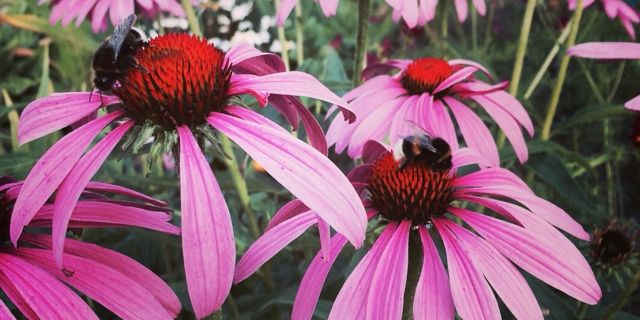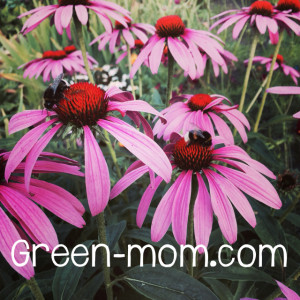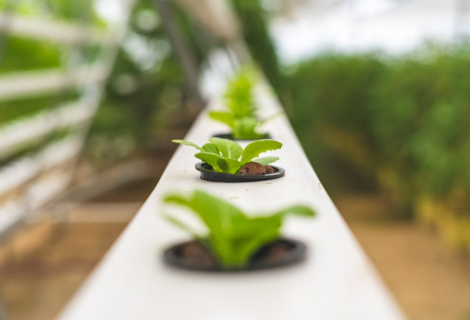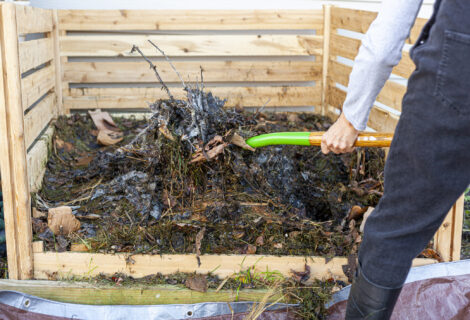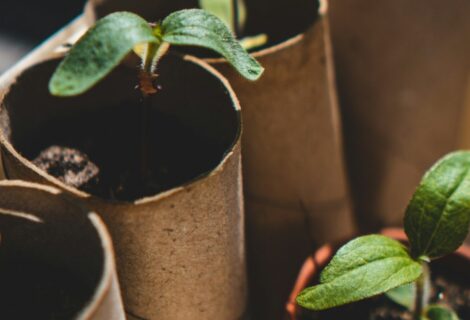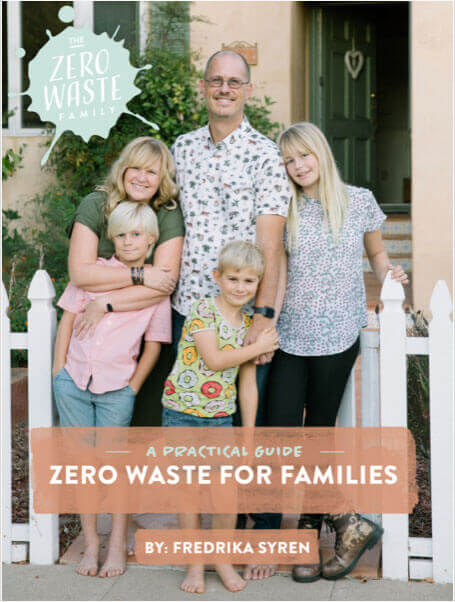As spring approaches, we imagine bountiful vegetable gardens. All those lovely leafy greens eat carbon and flourish if your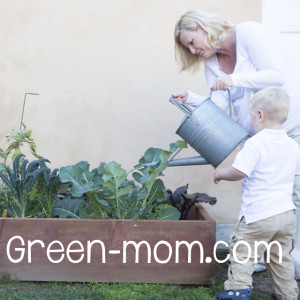 soil is kept healthy. The soil’s dynamic ecosystem is thriving with biology that includes earthworms, fungi, algae, bacteria, protozoa, microorganisms and arthropods. In The Environmental Magazine’s 2006 article “The Scoop On Dirt,” the writer stated, “Interestingly, soil microbes play a critical role in plant health. One tablespoon may contain up to nine billion microorganisms, which is more than the human population on earth.”
soil is kept healthy. The soil’s dynamic ecosystem is thriving with biology that includes earthworms, fungi, algae, bacteria, protozoa, microorganisms and arthropods. In The Environmental Magazine’s 2006 article “The Scoop On Dirt,” the writer stated, “Interestingly, soil microbes play a critical role in plant health. One tablespoon may contain up to nine billion microorganisms, which is more than the human population on earth.”
Scientists are now coping with climate change, and their studies of agricultural practices of clearing and plowing reveal that carbon is being released from the soil into the atmosphere. Soil carbon sequestration is their vision — to plant more greenery in order to capture carbon as well as to decrease tilling to reduce its escape. Rich soil includes humus, a dark brown substance of partially decomposed organic matter that improves the soil’s fertility, increases water retention and holds carbon. When excess air enters the soil through tilling, the humus breaks down its chain of carbon into carbon dioxide, which then enters the atmosphere. Sandy Dechert, at Cleantechnica, recently posted a report suggesting that, by changing the way we use land, we could reduce CO2 emissions by half. By not disturbing the soil, home gardeners collectively can help curb climate change as well.
Compost: Start thinking about feeding the soil by composting all organic food scraps, fallen household plant leaves, and yard trimmings. Include some cardboard also, as it is high in fiber. The ecosystem of bacteria, fungi and compost critters will all do their part to retain carbon in the soil.
Don’t Dig It!: For years I have been singing the praises of spreading finished compost on your property and digging it into gardens. However, by spreading compost on your garden rather than digging it in, you will have an impact on preserving soil carbon. Research into organic gardening without tilling, which slows down the rate of decomposition, is relatively new. The Rodale Institute is still unsure of the amount of carbon that can be preserved in the soil.
Use Mulch: Enrich the quality of your garden by applying layers of compost mixed with mulch or straw so soil microbes will not be exposed to excess levels of air and sunlight. As a result, the root systems keeping soil in place and offering a habitat for soil life will not be disturbed. The decaying matter will develop communities of worms and microorganisms, all of which will enhance the growth of your plants and vegetables.
Ditch the Perfect Lawn: We have become accustomed to seeing lawns surrounding our homes. That lush green area requires watering, mowing, weeding and fertilizing. Alternatives include the use of clover or other suitable ground cover that are more environmentally sound.
Biodiversity: Plant a variety of edible foods rather than rows of the same vegetable. As each kind of plant takes different combinations of nutrients from the soil, it is advisable to rotate your vegetables. For example, sow seeds of deep-rooted vegetables where shallow-rooted plants grew the previous year. Also let the soil rest periodically. Think of your garden as a food forest by combining vegetables, fruit trees and perennials. By adding lots of diversity, adopting permaculture methods, and switching to climate-friendly habits, you will be creating a stronger ecosystem. Gain inspiration from gardening experts Esther Deans, who published Growing Without Digging; Ruth Stout, author of The No Work Garden Book; and research soil biology researcher, Dr. Elaine Ingham. This year, plant more greenery and worship the ground we walk on.
Related links:
www.emagazine.com/magazine/issue/128
http://www.treehugger.com/lawn-garden/your-garden-eats-carbon-so-please-feed-it-well.html
www.abc.net.au/gardening/stories/s185412.htm
http://www.organicgardening.com/learn-and-grow/mulching-ruth-stout-style


